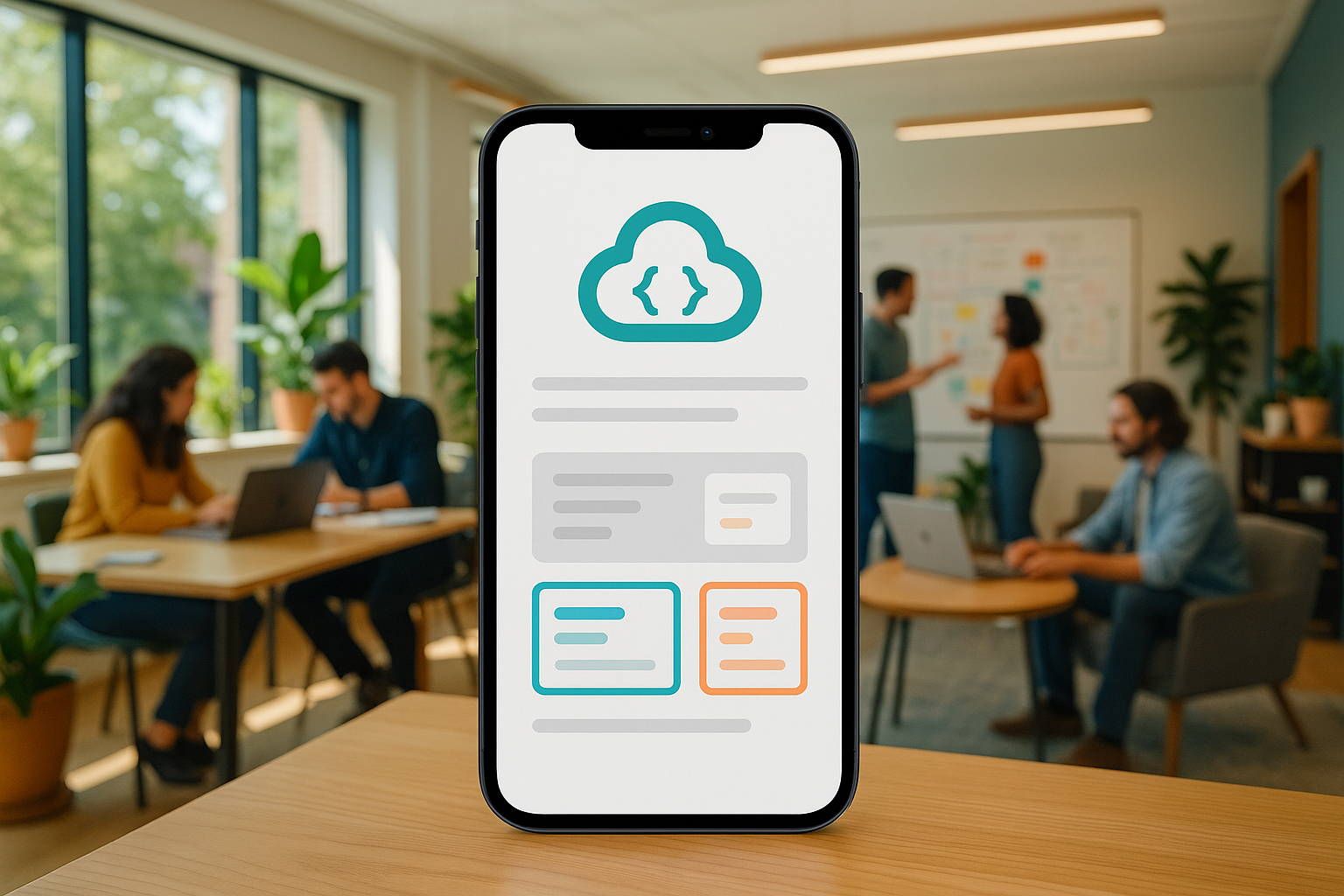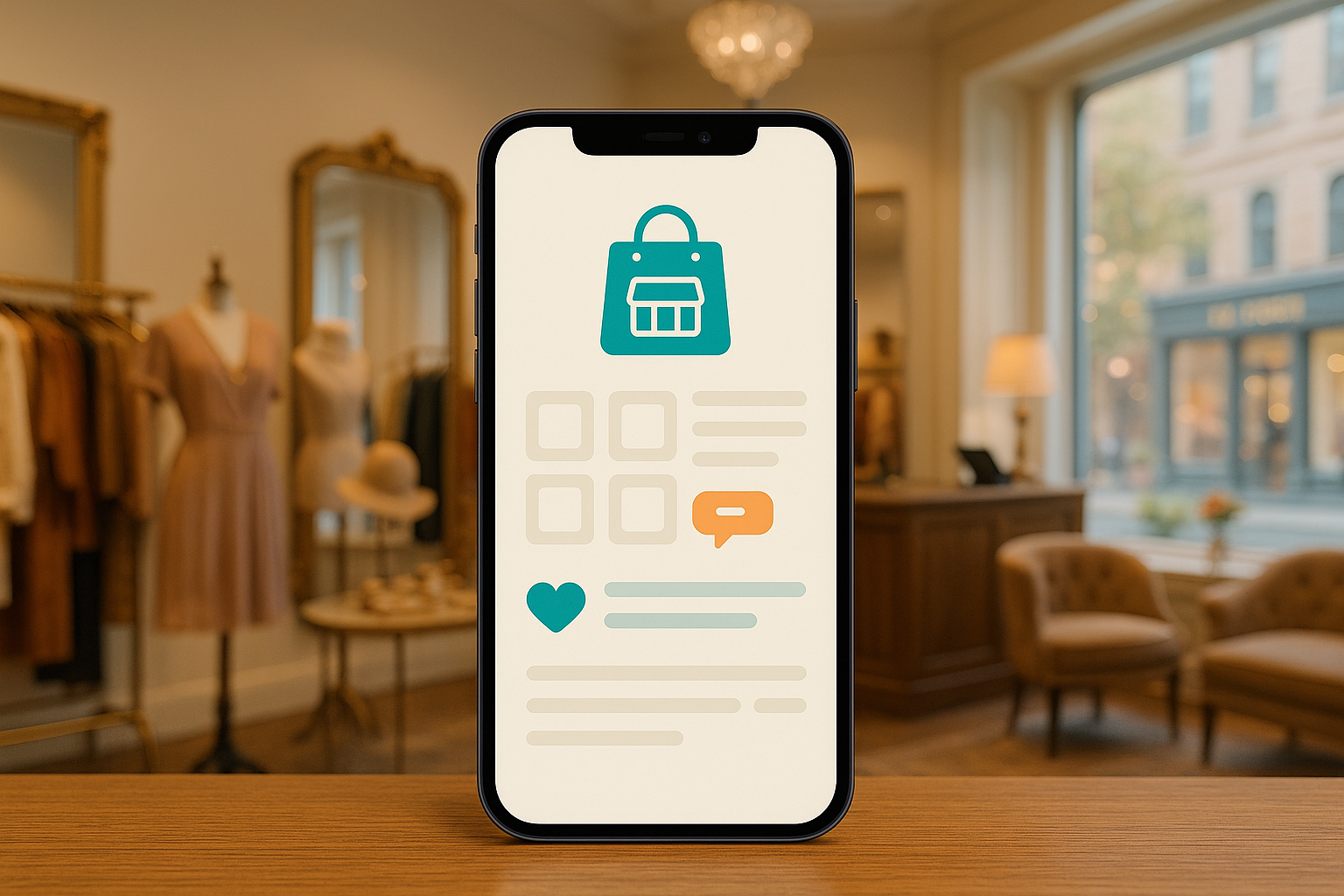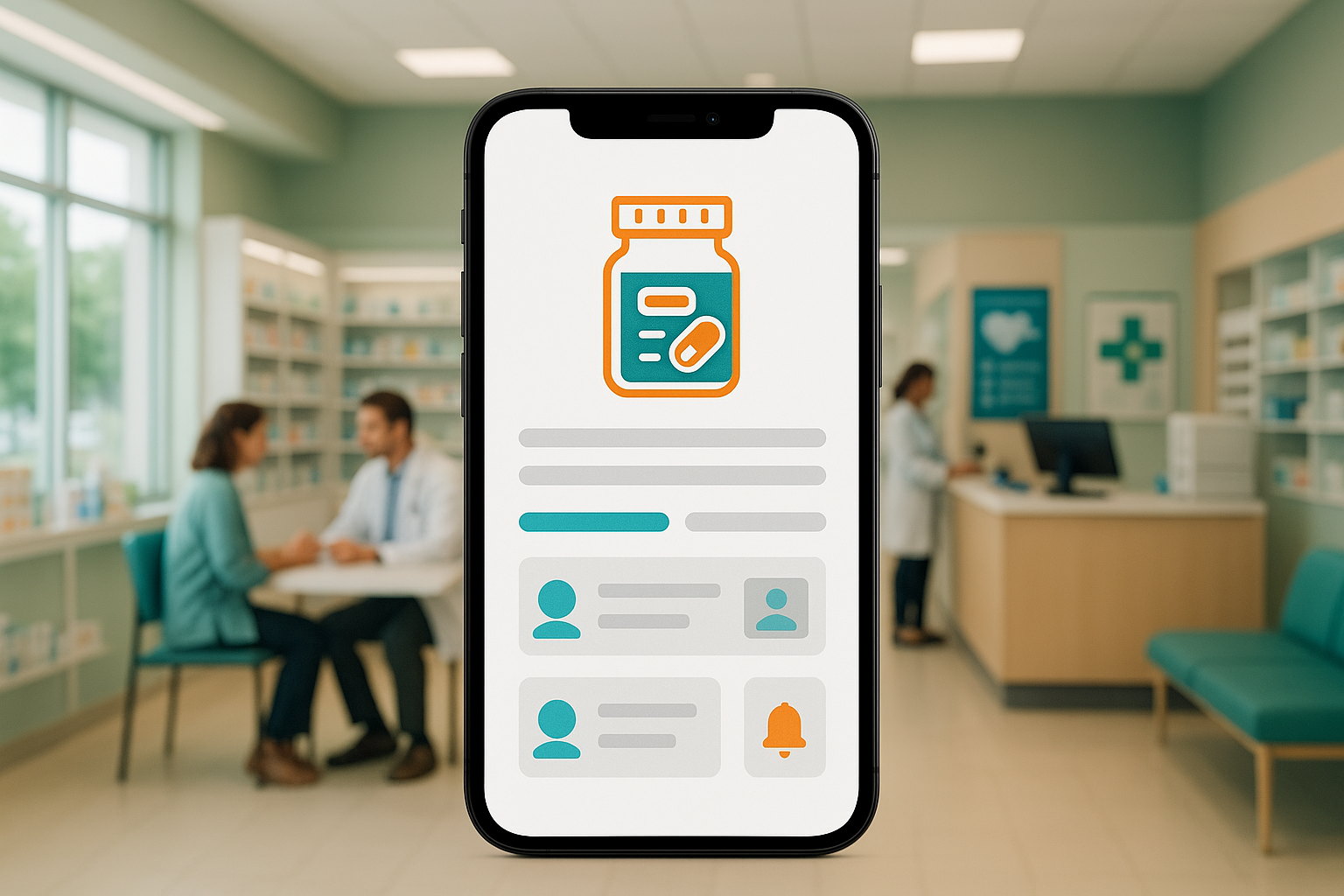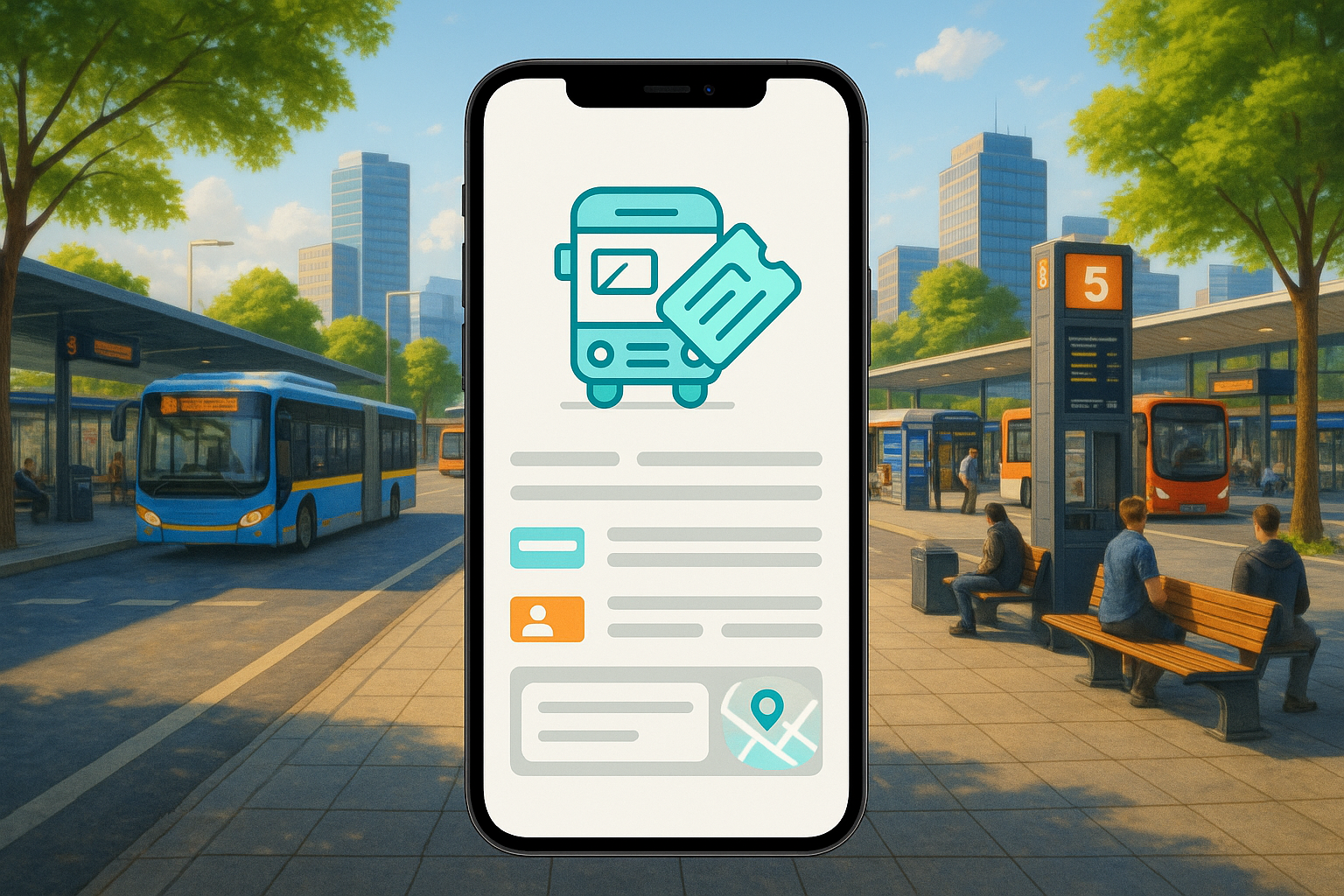Introduction
The promise of no-code development is alluring: build powerful, custom applications quickly and cost-effectively without writing a single line of code. Bubble.io stands at the forefront of this movement, offering a platform so flexible that it feels like the possibilities are limitless. Many entrepreneurs and businesses dive in, eager to bring their vision to life, only to find that the journey from a simple idea to a robust, scalable application is fraught with unexpected complexity. Performance bottlenecks, responsive design nightmares, and critical security vulnerabilities can derail a project, wasting valuable time and resources.
This article serves as a comprehensive guide to Bubble app development. We will explore what a Bubble app is and what the platform is truly capable of. We will then delve into the significant, often-underestimated challenges of developing a complex Bubble app in-house. From there, we will provide real-world estimates for the running costs of different types of Bubble applications and present a list of top Bubble development companies that can help you navigate this terrain.
As a top US AI-powered mobile app development firm, we at MetaCTO have over 20 years of experience turning ambitious ideas into successful, market-ready products. We understand the power of platforms like Bubble, and more importantly, we are experts at integrating its capabilities into sophisticated mobile and web applications. We will show you why integrating Bubble into a mobile app can be particularly challenging and how hiring an expert development partner like us is the key to mitigating risk and ensuring your project’s success.
What is a Bubble App?
At its core, Bubble.io is a powerful no-code development platform that empowers users to design, develop, and launch web applications without traditional programming. It operates on the principle of visual programming, where you build application logic and user interfaces using a drag-and-drop editor. However, to call it a simple website builder would be a gross understatement. Bubble is a comprehensive tool for creating all kinds of sophisticated, interactive, and data-driven applications in a fraction of the time and cost associated with conventional development methods.
Core Capabilities and Features
Bubble’s power lies in its flexibility and extensibility. It provides the building blocks for a wide range of digital products, from simple prototypes to complex, enterprise-grade platforms.
-
Rapid MVP Development: For startups and innovators, speed to market is critical. Bubble excels in building Minimum Viable Products (MVPs). You can construct a functional version of your app in a fraction of the time it would take a traditional development team, allowing for faster iterations based on real user feedback. This cost-effective approach to validation means you can test your core business assumptions without a massive upfront investment. As your app gains traction, you can easily upgrade to a Bubble plan with higher computing capacity to handle growth.
-
Responsive Web Applications: In today’s multi-device world, a seamless user experience is non-negotiable. Bubble has a robust responsive engine that ensures your application’s user interface automatically adjusts and adapts to any screen size or orientation. This means you can build a single application that looks and performs beautifully on desktops, tablets, and smartphones without needing extra tools or separate development efforts. The editor offers unparalleled, pixel-perfect flexibility, enabling developers to create complex and intricate designs that meet demanding responsive requirements.
-
Progressive Web Apps (PWAs) and Hybrid Apps: Bubble bridges the gap between web and native mobile apps. You can build PWAs that bring native app features—like being installable on a device’s home screen—directly to the web. On Android devices, these PWAs can be installed with a single click. A key advantage is that they are served by web browsers, eliminating the need for manual updates and the maintenance overhead associated with app stores. For those who require a true app store presence, Bubble apps can be transformed into hybrid applications using third-party services like thebdk.com. These hybrid apps can be downloaded from the Google Play Store and Apple App Store, providing access to native device features like push notifications and in-app payments. A significant benefit is the ability to update your app regularly without needing to resubmit a new version to the stores each time.
-
Integrations and Customization: No application exists in a vacuum. Bubble is an integration-friendly platform, allowing you to connect to virtually any third-party service with an API. This means you can incorporate payment gateways, mapping services, AI tools, and more. Beyond its vast library of plugins, Bubble allows for the addition of custom code—specifically HTML, CSS, and JavaScript—to extend functionality and create bespoke features. This combination of visual programming and the adaptability of custom code makes the platform uniquely powerful and personalized. You can not only connect to external APIs but also publish an API from your own Bubble app, turning it into a backend for other services.
Ultimately, Bubble is a versatile platform for building a variety of web applications, including social networks, SaaS products, two-sided marketplaces, and internal business tools. For those who master its intricacies, it provides the tools to build scalable, professional-grade products.
Reasons That It Is Difficult to Develop a Bubble App In-House
The ease of getting started with Bubble can be deceptive. While building a simple application might be straightforward, creating a complex, secure, and scalable product in-house is fraught with challenges that can easily overwhelm inexperienced teams. The very flexibility that makes Bubble powerful also creates numerous opportunities for critical mistakes.
The Pitfalls of Planning and Design
One of the most common failure points stems from poor planning. The eagerness to build quickly often leads developers to jump directly into the design phase without a proper architectural strategy.
- The “Build Now, Fix Later” Trap: In Bubble, making structural changes after a significant portion of the app is already built is incredibly cumbersome and time-consuming. What seems like a minor tweak can cascade into hours of rework. This is because elements are often nested and dependent on one another.
- A “Nightmare” of Responsiveness: A frequent mistake is building the entire application for a desktop view and only afterward attempting to make it responsive for mobile devices. This approach is described by experienced developers as a “nightmare.” Poorly planned sites often end up with convoluted structures—groups nested within groups for no logical reason—and invisible elements that wreak havoc on the responsive engine, making it nearly impossible to achieve a clean mobile layout.
- Misunderstanding the Responsive Engine: The Bubble responsive engine is powerful but has a steep learning curve. Misunderstanding its principles can lead developers to perceive its behavior as buggy or weak when the issue lies in their own implementation. For example, the default mobile view in the editor is 375px wide, which is larger than some older phones. Designing to this minimum can cause unwanted horizontal scrolling on those devices. Using hacky solutions like empty groups as “spacers” can also lead to unpredictable and fragile layouts.
Performance Bottlenecks and Scalability Issues
A Bubble app that works perfectly with a handful of users can grind to a halt under a heavier load. Performance is not automatic; it must be engineered from the ground up.
- Cumulative Slowdown: Every new element, plugin, and workflow you add to your app contributes to its loading and processing time. Without careful management, an app can quickly become sluggish, leading to a frustrating user experience. Many new Bubblers are frustrated by how slow their apps seem, often due to this cumulative effect.
- Server-Intensive Actions: Certain actions put an immense strain on Bubble’s servers. Operations like “Copy a list of things” or running too many “Do a search for” queries, especially with complex constraints, can cripple an app’s performance as the user base grows. An architecture that is viable for 10 users may be completely non-functional for 100.
- Cluttered Editors: In more complex applications, the Element Tree and the Workflow editor can become incredibly cluttered. This makes it difficult to navigate, debug, and maintain the application, increasing the likelihood of errors and making future development slow and painful.
Critical Security Vulnerabilities
Security is perhaps the most critical area where in-house development can go wrong. A lack of deep platform knowledge can lead to unforgivable security glitches.
- Data Exposure Risks: A network error during a data fetch can have catastrophic consequences. For instance, a bug could cause a Repeating Group’s data source constraint to fail, making the constraint empty. If privacy rules are not meticulously configured, the Repeating Group could then default to showing all data of that type—for example, exposing every employee’s information instead of just the intended list.
- Unreliable Security Workflows: You might create a workflow to automatically log a user out under certain conditions. However, this workflow is not guaranteed to run. A dropped connection, a server error, or even a Bubble platform bug could prevent it from executing, leaving a user logged in when they should not be.
- Insecure UI Elements: A common mistake is using popups as a security measure, for example, to block access to the page below. However, popups and their gray-out background can be easily removed with a standard ad blocker, exposing the underlying page and any sensitive information on it.
These challenges highlight a crucial truth: building a professional-grade application on Bubble requires more than just familiarity with the editor. It demands a deep, architectural understanding of the platform’s capabilities, limitations, and best practices—expertise that is typically found within specialized development agencies.
What Kinds of Apps Can You Build with Bubble?
Bubble’s versatility allows for the creation of a wide spectrum of digital products. It is not limited to simple websites or landing pages; it is a full-fledged application development platform. The primary categories of applications you can build are responsive web apps, Progressive Web Apps (PWAs), and hybrid mobile apps.
Responsive Web Apps
This is Bubble’s bread and butter. The platform excels in developing dynamic, data-driven web applications that function seamlessly across all devices. The powerful responsive editor allows for pixel-perfect control, enabling the creation of complex user interfaces. Common examples of web apps built with Bubble include:
- SaaS Products: Build and launch custom software-as-a-service platforms with user accounts, subscription management, and complex business logic.
- Marketplaces: Create two-sided marketplaces that connect buyers and sellers, such as platforms similar to Airbnb for rentals or Upwork for freelancers.
- Social Networks: Develop community-focused platforms with user profiles, news feeds, private messaging, and group functionalities.
Progressive Web Apps (PWAs)
Bubble allows you to build PWAs that offer a more native-app-like experience than traditional websites. PWAs can be “installed” on a user’s home screen with a single click on Android devices and can function even with a poor internet connection. Because they are served through a web browser, they are always up-to-date, eliminating the need for users to manually download updates. This creates a more seamless user experience and makes your application feel like a native app.
Hybrid Applications
For those who need to be listed in the Apple App Store and Google Play Store, Bubble apps can be converted into hybrid applications. This is accomplished by using third-party “wrapper” services that package the Bubble web app into a native shell. These hybrid apps can then be submitted to and downloaded from the app stores. This approach provides key benefits, such as access to native device features like push notifications and mobile payments. Furthermore, you can still update the app’s core functionality directly within the Bubble editor without having to go through the lengthy and cumbersome app store review process for every single change.
Cost Estimate for Developing a Bubble App
When considering the cost of a Bubble app, it’s essential to distinguish between the one-time development cost (what you pay an agency or developer) and the recurring platform cost (what you pay Bubble to host and run your app). The following estimates, derived from Bubble’s own cost estimator and community calculations, relate to the recurring platform costs. These costs are based on “Workload Units” (WUs), which is how Bubble measures server usage.
The running cost of a Bubble app is highly dependent on its complexity, the number of users, and how well it has been optimized for performance.
Here are a few examples to provide a general idea of monthly running costs:
- Social Network or Video Platform: A social network app with heavy use or a video-sharing platform with comments was estimated to cost between $62 and $78 per month on a starter plan. This estimate also factored in the cost of necessary social network plugins.
- AI-Powered Applications: An AI chat app or an AI image generation app with a substantial user base of 10,000 to 100,000 users was estimated to cost less than $100 per month. This suggests that integrating external AI APIs does not inherently lead to massive server load on Bubble’s side.
- Simple, Highly Optimized App: A very simple but highly optimized site called TipLister provides a clear example of how costs scale with users:
- With 100 users, the site was calculated to incur 90,000 WUs per month, costing $29 per month.
- With 1,000 users, this scaled to 900,000 WUs, costing $200 per month.
- At 10,000 users, the projected cost rose to $933 per month.
These figures illustrate a critical point: optimization matters. A poorly planned, inefficient app will consume more WUs and cost significantly more to run than a well-architected one with the same number of users. As your app scales, these inefficiencies become exponentially more expensive.
Top Bubble App Development Companies
Choosing the right development partner is paramount to the success of your Bubble project. An expert agency brings not only technical proficiency but also strategic insight, project management discipline, and a deep understanding of how to avoid the common pitfalls. Top agencies are evaluated on their years of specialization, the complexity of projects in their portfolio, pricing transparency, and a track record of customer satisfaction. They communicate clearly, provide adequate channels for updates, and have the skills to handle everything from a simple MVP to a complex enterprise solution.
1. MetaCTO
As a US-based, AI-powered mobile app development agency with two decades of experience, we at MetaCTO are uniquely positioned to deliver robust, scalable, and intelligent applications. While many agencies focus solely on Bubble, we specialize in a more holistic approach, integrating Bubble’s rapid development capabilities into sophisticated, high-performance mobile and web ecosystems. We have launched over 120 successful projects and helped our clients raise over $40 million in funding. Our process handles every step, from initial strategy and MVP validation to design, build, launch, growth, and monetization.
A core area of our expertise is navigating the complex challenges of integrating Bubble with mobile applications. While Bubble can be used to create hybrid mobile apps, the process is far from straightforward. Recent findings from the Bubble community have highlighted nasty bugs in the mobile editor. For example, an API call that returns an error can completely brick the mobile app, freezing the user interface until the page is refreshed. The mechanism designed to handle such errors often fails to trigger, making it nearly impossible to gracefully manage API failures. This is not just an inconvenience; it’s a critical flaw that can render an app unpublishable.
This is where our expertise becomes invaluable. We don’t just build on Bubble; we architect solutions around it. Our deep experience in both no-code and traditional code allows us to implement robust error handling, build resilient API integrations, and ensure your mobile app is stable and reliable. We can leverage Bubble for what it does best—rapid UI development and backend logic—while using our broader skill set to solve the technical challenges that stump pure-play Bubble developers. Whether you need a Rapid MVP Development in 90 days or a complex, AI-driven platform, we provide the strategic and technical partnership to build it right.
Other Leading Bubble Agencies
While we are confident in our unique position, the no-code ecosystem is home to many talented agencies. Here is a look at some of the other top companies specializing in Bubble development.
| Agency Name | Location(s) | Experience | Min. Budget | Key Highlights |
|---|---|---|---|---|
| LowCode Agency | US | 9 years | $20,000 | Built 300+ projects. Process includes detailed wireframes, high-fidelity mockups, and a unique client portal. |
| Agence Cube | France | 5 years | $20,000 | Bubble Agency Partner since 2019. Works with an agile methodology and hosts the NoCode Summit in Europe. |
| Rapid Dev | US | 3 years | $10,000+ | Founded in 2021 with projects starting at $5,000. Promises web app launch in 8 weeks or less. Offers coaching. |
| Kreante | Peru | 4 years | $8,500 | Silver Partner of Bubble. Specializes in web apps and digital platforms for entrepreneurs and startups. |
| HuggyStudio | Switzerland | 3 years | $4,500 | Geared towards corporate innovation and startup projects. Focuses on market data, smoke tests, and securing clients with working MVPs. |
| Alegria Group | France | 3 years | N/A | Global team of 70+. Has three branches for solutions, training (Alegria Academy), and an expert network. |
| Zeroqode | US | 8 years | $5,000+ | Specializes in Bubble with 300+ projects. Offers over 500 plugins and the Air Native service for converting apps to iOS/Android. |
| Airdev | US | 9 years | $10,000+ | A pioneer in no-code services. Builds scalable products for clients from solo entrepreneurs to large enterprises. |
| MVP.dev | US | 5 years | $10,000 | Specializes in MVPs. Blends no-code and code solutions. Process includes professional design in Adobe XD and 1-week sprints. |
| Tinkso | France, US, NL | 7 years | $10,000 | Bubble Gold Partner. Offers fixed pricing and often rebuilds existing apps using their proprietary openBase framework. |
| Idea Link | Lithuania | 5 years | $10,000+ | Process involves a 1-2 week design phase covering user flows, database architecture, and more, before development. |
How to Evaluate a Bubble Agency
When selecting a partner, look beyond their marketing claims.
- Review Their Portfolio: Ask to see their past projects. Do they have experience with the type of complexity your app requires? Ask for demos to see the applications in action.
- Discuss Their Approach: Talk to them about past projects that were challenging. How did they solve problems? Their answers will reveal their depth of expertise and problem-solving skills.
- Assess Communication: An initial consultation can tell you a lot. Are they clear and concise? Do they explain complex topics in simple terms? Check their response times and ensure they have a structured process for regular check-ins and updates.
Conclusion
Bubble.io is an undeniably powerful platform that has democratized application development. It offers a path to build sophisticated web, progressive web, and hybrid mobile applications faster and more cost-effectively than ever before. However, its power comes with complexity. The journey from a simple concept to a secure, scalable, and high-performing application is filled with potential pitfalls, from poor architectural planning and performance bottlenecks to critical security flaws and mobile integration bugs.
As we have explored, building a serious application in-house without deep expertise is a significant risk. The challenges of responsive design, database optimization, workflow management, and security require a level of mastery that comes only with experience. This is why partnering with a specialized development agency is often the most prudent path forward.
Choosing the right agency is crucial. While many firms can build a basic app, a true partner brings strategic vision and the technical depth to navigate the platform’s most difficult challenges. At MetaCTO, we pride ourselves on this deep expertise. Our background in both no-code and full-stack development, combined with our focus on AI Development, allows us to tackle the most complex integrations and build products that are not only functional but also intelligent and built to scale. We understand the specific bugs and limitations of Bubble’s mobile capabilities and have the know-how to engineer robust solutions.
If you are ready to turn your idea into a reality and want to do it right, don’t go it alone. Let our experience be your advantage. Talk with a Bubble expert at MetaCTO to integrate Bubble into your product and build an application that stands the test of time.






